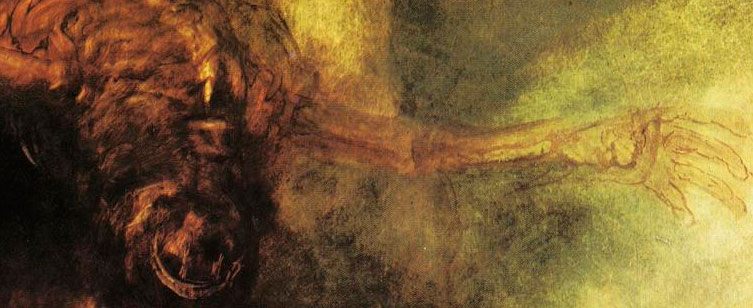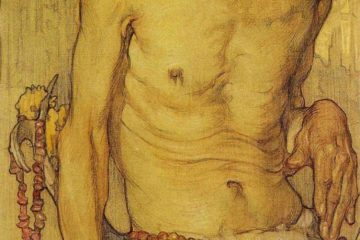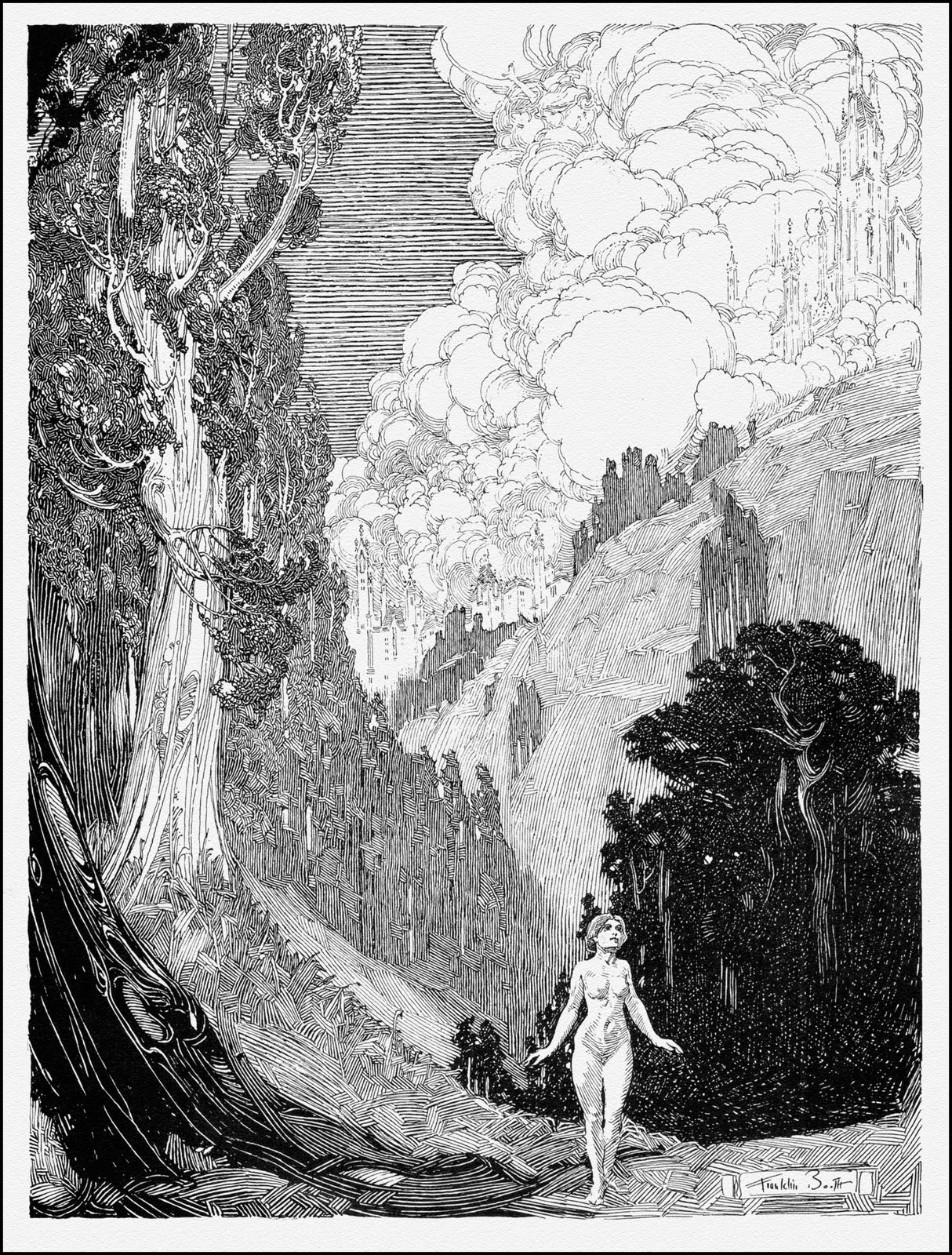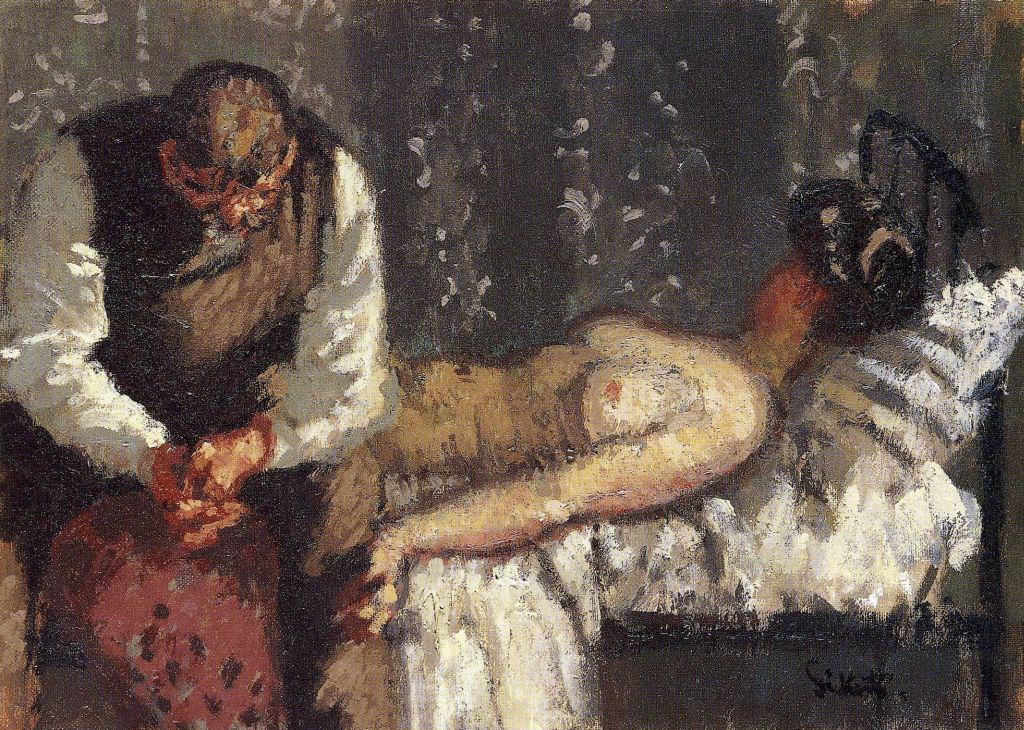
Every so often (ok, most of the time), I come across a piece that I wouldn’t have necessarily placed with a certain artist. Though J.M.W. Turner’s technique is certainly evident here, the tone of the piece isn’t one I expected.
This is Turner’s Death on a Pale Horse (1825-1830, 24″ x 30″, oil on canvas), and it immediately grabbed my attention when I was scrolling through images. I thought it definitely looked like a Turner piece, but the idea of death and of such a morbid, dark view didn’t really match up with what I’ve seen of Turner’s work in the past.
What I like about this image is actually the opposite of what I normally would go for: details. This is a work of abstract techniques, very loose in interpretation. Yet, there is a certain amount of detail in it, just enough to give you an idea of what the piece is trying to convey. Normally I love the intricate details in a work, but here that detail would ruin the impact.
By leaving things loose, by having even a loose and vague color palette, Turner gives you an unsettling feeling before you even see that death has come. The loose colors of green and yellow, of bright life, give way to the harsh reds and darkness (literally) coming before you.
What might be the most striking is the character of death itself. This isn’t the rider on horseback, swiping lives as he (or she I suppose) swoops down from the heavens. This is a twisted, horrifying vision of death. Contorted on the horse, twisted at unnatural angles, at first giving the idea that perhaps death itself has been ended.
But Turner’s vision won’t let you go there, and it’s the tiniest of details that lets you know what’s happening. Death’s hand, grasping from out of the darkness, says it all. This is the final act, and nothing in the light can save you.
Opinions?



